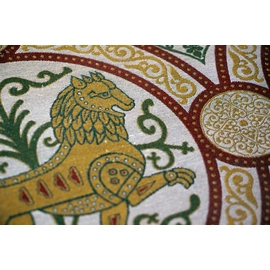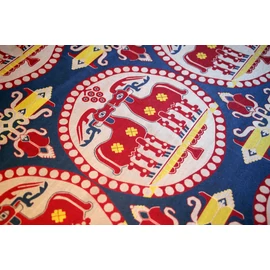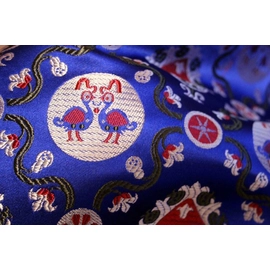Description
Famous Early Medieval pattern: Bahram Gur horsearcher hunter motif. The original is from a Byzantine workshop.
The depicted scene comes from the Persian mythology, what was reused by Byzantines as well. Silks with this motive are found all around Europe.
Reconstructed silk pattern from Moshchevaya Balka
We know a high variety of finds of silk fabrics with the Bahram Gur hunt in Europe, all of which were used there for much more prestigious purposes. Some of the most significant finds of this kind:
The reconstructed textile from the garment from Pskov
Sources: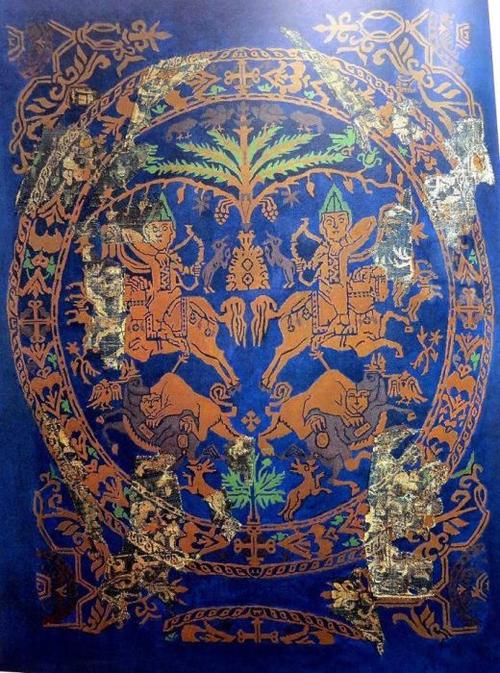


The silk from Cathedral of Ascoli Piceno, Italy
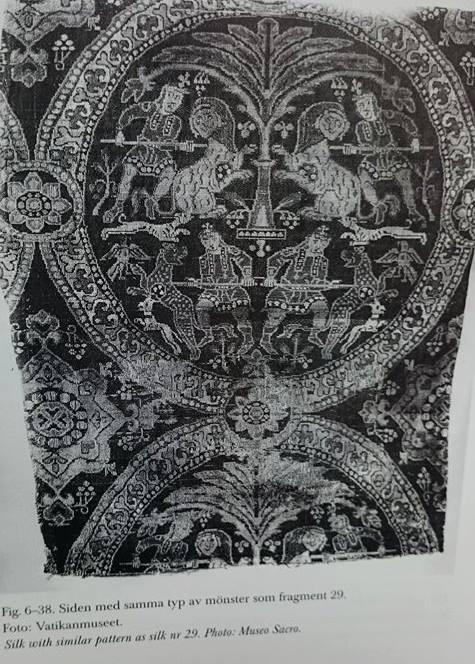
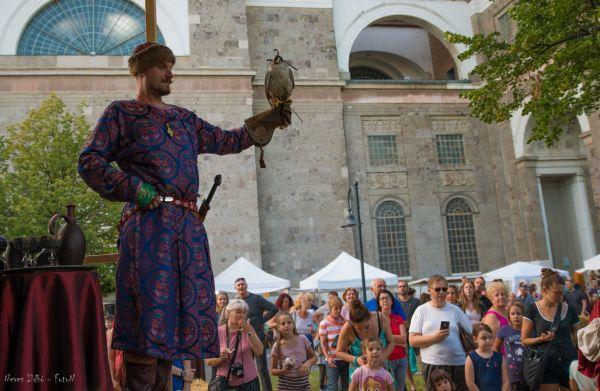
Anna A. Jerusalimskaya – Moshchevaja Balka 2012. А.А. Иерусалимская: Мощевая Балка. Санкт-Петербург 2012.
VitaPicena.it: Tesori di fede: i tessili della sepoltura di Sant’Emidio




